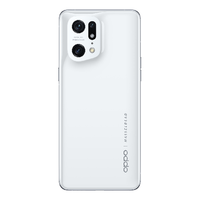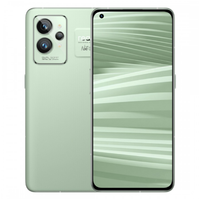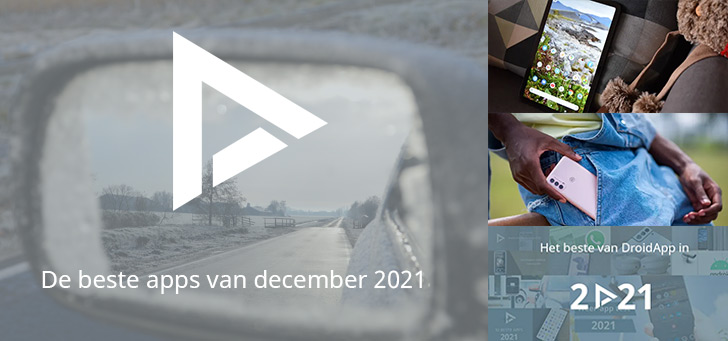the software of these phones is so similar
There are a lot of similarities in the software shells of Realme, OPPO and OnePlus phones. Androidworld went to compare the software and shares screenshots that show the extent to which phones from these brands are similar.
Contents
OPPO, Realme and OnePlus
BBK Electronics, it is a name that should sound very familiar, but that is little known by few consumers. Still, the BBK is one of the major players in the smartphone industry. This holding includes brands OPPO, OnePlus, Realme, Vivo and IQOO.
Years ago, when OPPO was not yet active in Europe, the OnePlus 5 already showed very strong similarities with the OPPO R11. OPPO was very successful in China at the time, while OnePlus became more popular outside of Asia. When OPPO also started targeting our market, phones got much less external similarities. It is also striking that OnePlus has been making efforts since this year to get more attention in China.
Collaboration
OPPO and OnePlus announced last year that the brands are now working closely together in the field of software. In time there will be a new software shell for both brands, even though the names ‘ColorOS’ and ‘OxygenOS’ will continue to exist.
Yet you can already clearly see the similarities between the two software environments in ColorOS 12 and OxygenOS 12. We also noticed this when testing the OPPO Find X5 Pro and the OnePlus 10 ¨Pro. Androidworld has also taken care of the Realme GT2 Pro that works on Realme UI 3.0 based on Android 12.
Software comparison
So it was time for us to take screenshots and compare the three software shells. You always see screenshots made with the OnePlus phone on the left, the Realme in the middle and the OPPO on the right. The screenshots of the OPPO phone were taken with the dark mode. All phones run on Android 12.
Home screen and home screen settings
If you look at the first gallery, you can still see clear differences with the clock widget, its shape and icon design. Between Realme and OnePlus, there are already clear differences visible with the icon at the top of the status bar that are exactly the same.
When you look at the following galleries, you will see the menu that allows you to edit the home screen, followed by the home screen settings. You then discover that the home screen on ColorOS, OxygenOS and Realme UI is almost identically the same.
Quick Settings and Settings
OnePlus clearly opts for a different design with its fast settings, but the differences in design between OPPO and Realme are barely visible. If we then look at the functions in the quick settings, it is noticeable that the brands at most use different names for the same functions. OnePlus also has its own Zen mode, as well as work and private mode.
And in the normal settings we see again that the three software shells are visually very similar. Especially the use of color is different. Under the search function, OnePlus prompts users to log in with a OnePlus account. OPPO and Realme use that space to highlight certain settings.
Appdrawer and preinstalled apps
Smartphones from OnePlus, OPPO and Realme have exactly the same app drawer with only the difference in the design of the app icons that stands out.
Furthermore, OnePlus once received a lot of criticism from its community because it installed Facebook by default on the OnePlus 8. Since then, the brand has been more careful with pre-installed apps. We do see that OPPO and Realme, on the other hand, are making exactly the same commercial deals with Meta, Amazon and the well-known game PUBG, among others.
Other Features
OnePlus calls it the Progaming Mode, while OPPO and Realme prefer to call it the Focus Mode for games. But as Juliet once said to Romeo in William Shakespeare’s tragedy, “What’s in a name?” The three game modes are again very similar.
The screenshots below were taken on the OnePlus 10 Pro and the OPPO Find X5 Pro. Both have the O Haptics vibration functions that are missing on the Realme and also the same default settings are active.
Finally, we see that only Realme and OPPO unpack with the Multi-Screen Connect function. This is an integration of your phone with your PC and you can, among other things, view notifications and answer telephones on your PC. It is also possible to use your phone screen on your PC with the mouse, even if the function did not work flawlessly when we tested it in the review of the Find X5 Pro.
Pros and cons
The conclusion of this succinct comparison is clear, as there are quite a few ways in which the software on phones from Realme, OPPO and OnePlus is similar. OnePlus puts its own accent here and there, because, according to CEO Pete Lau, the brand has also been told by many members of the community that the OxygenOS must retain its individuality.
From that point of view you can see it as a negative that the software shells are similar, but there is also a clear positive aspect to it. The more the software of different Android phones shows similarities, the easier it is as a consumer to switch between the devices. Consumers can sometimes cling to a certain brand now because they are used to the software, but so an OPPO user can switch to a Realme phone tomorrow without seeing the difference in the software area.
What do you think of these screenshots of Realme UI, Color OS and OxygenOS? Do you find it useful that the shells are similar or do you miss the individuality of the software in these smartphone brands? Let us know in the comments at the bottom of this article.
The most popular background articles








